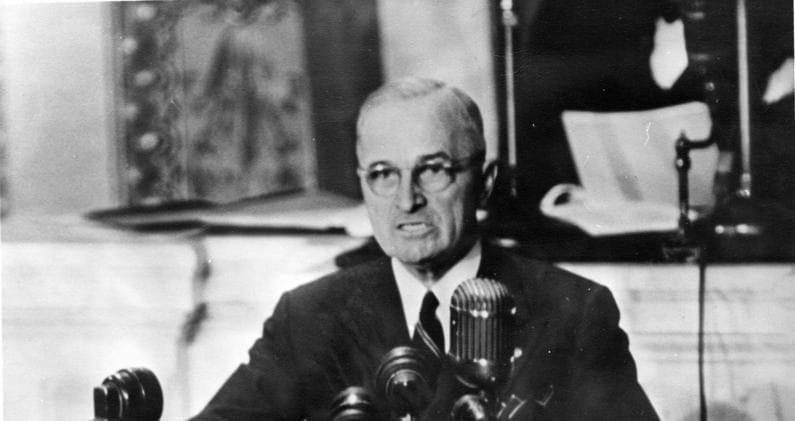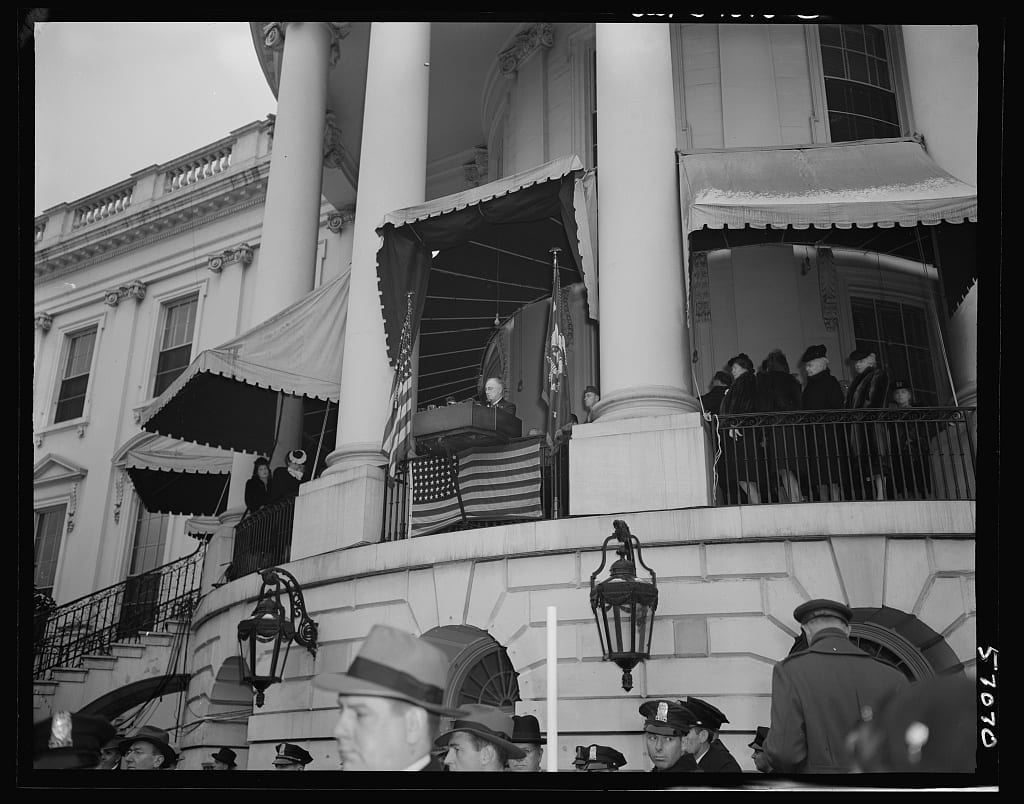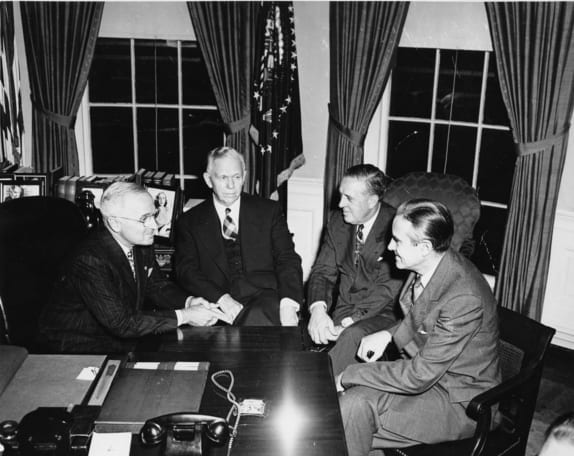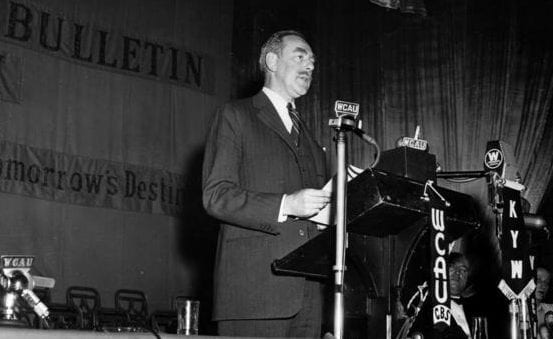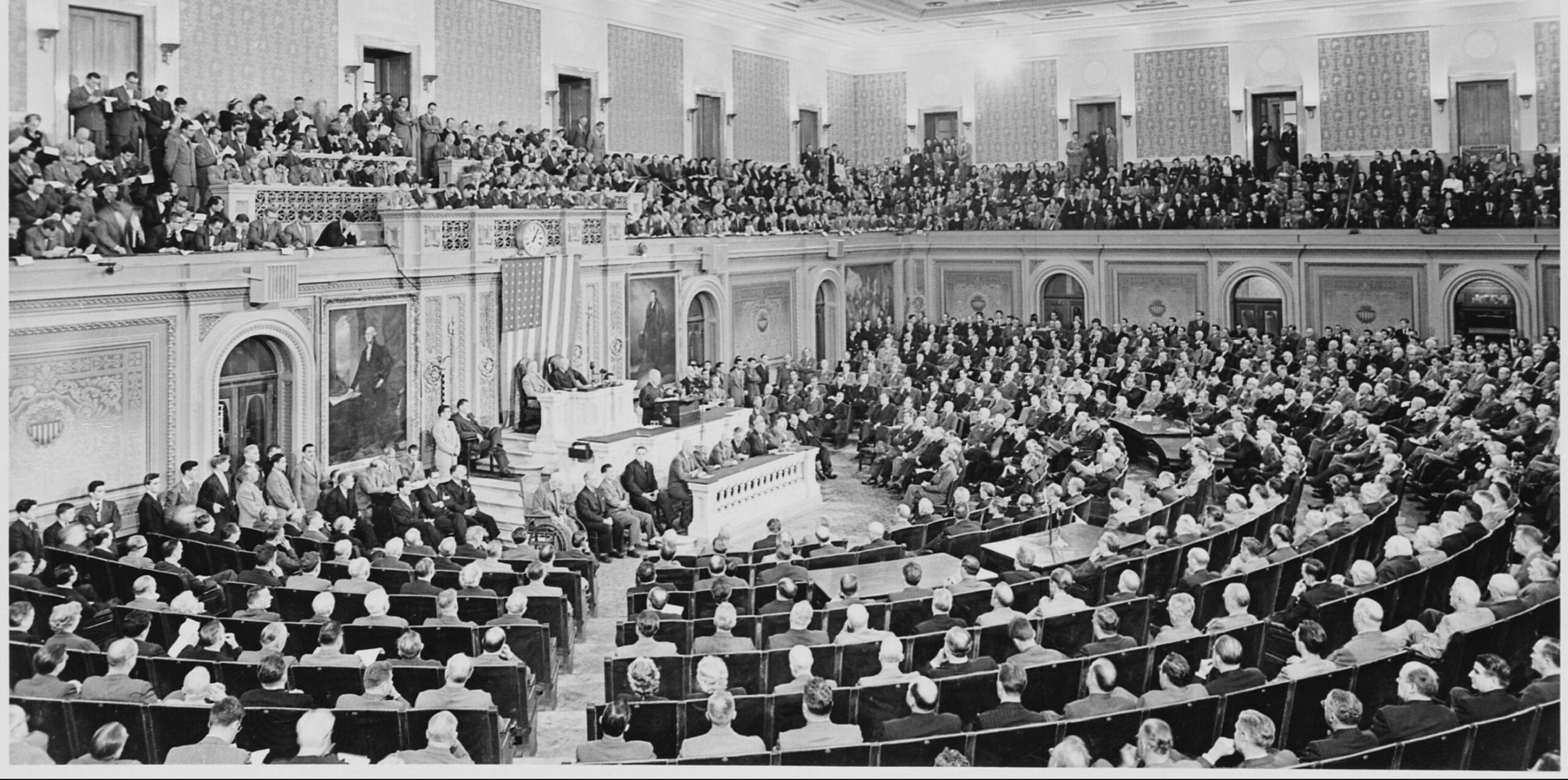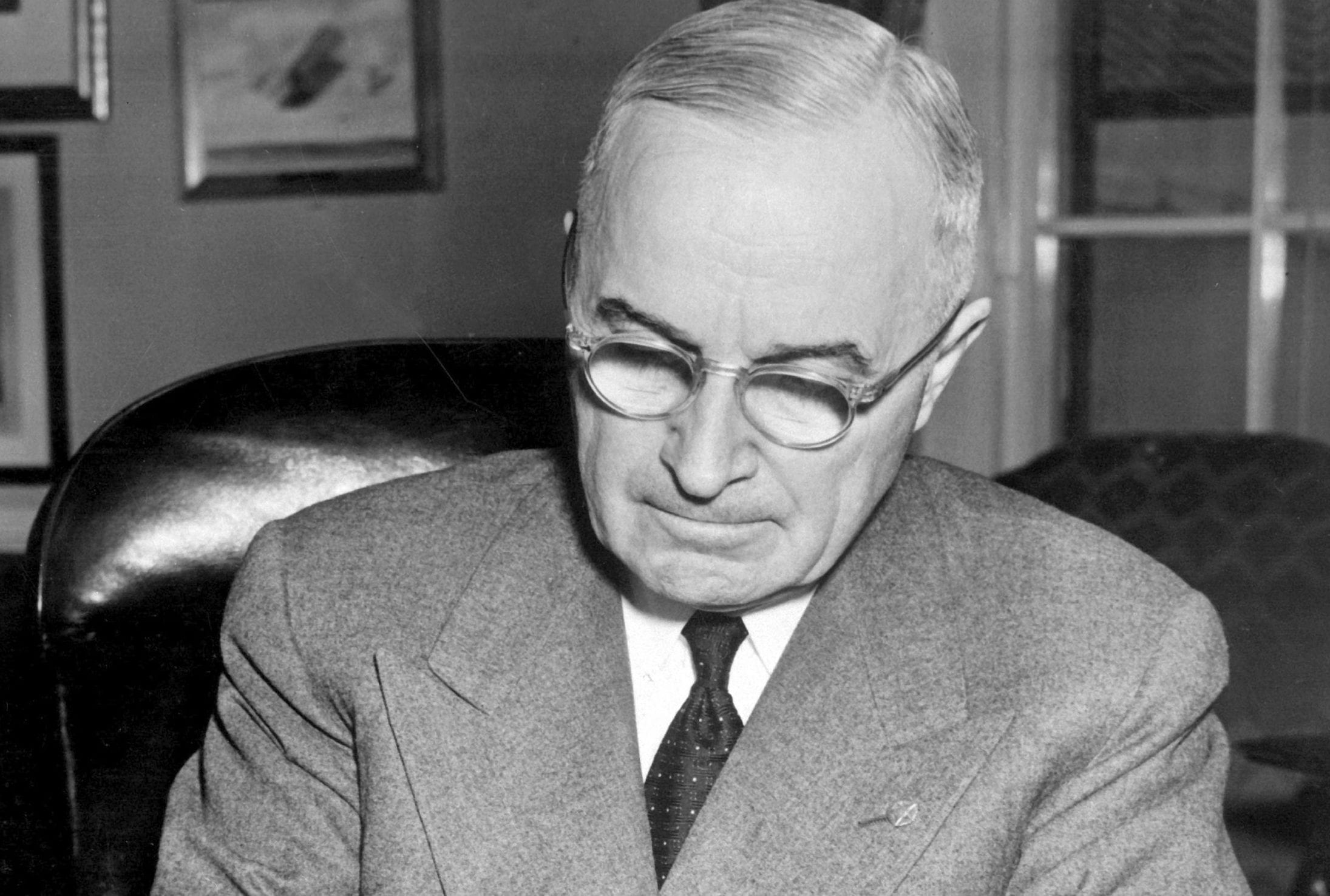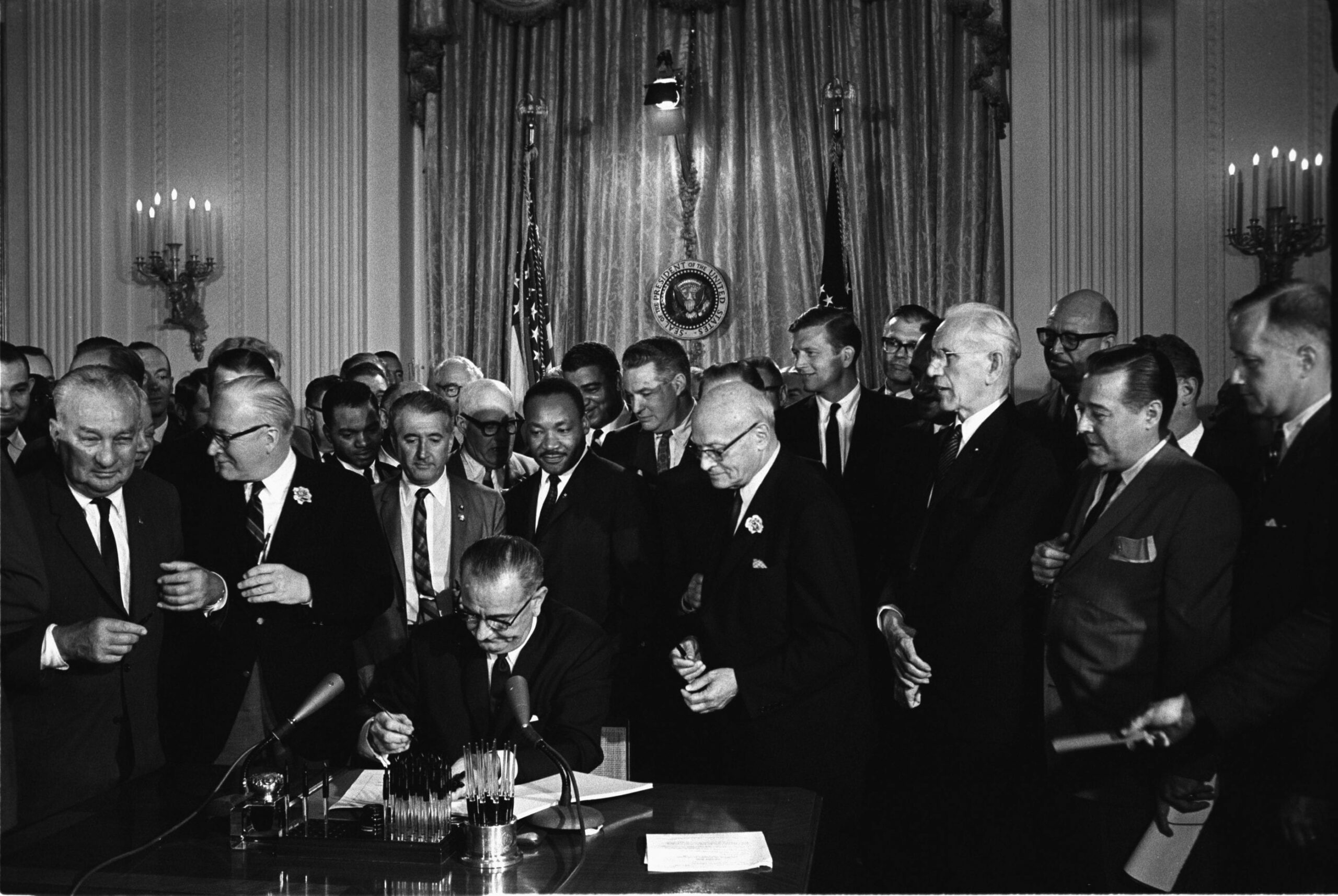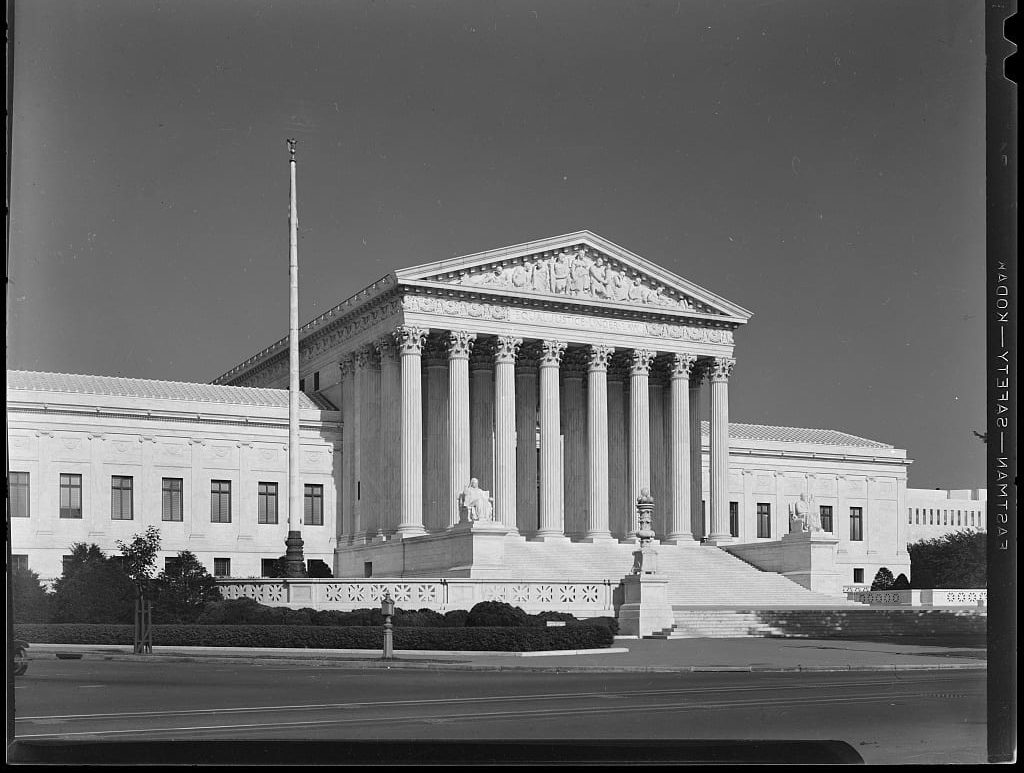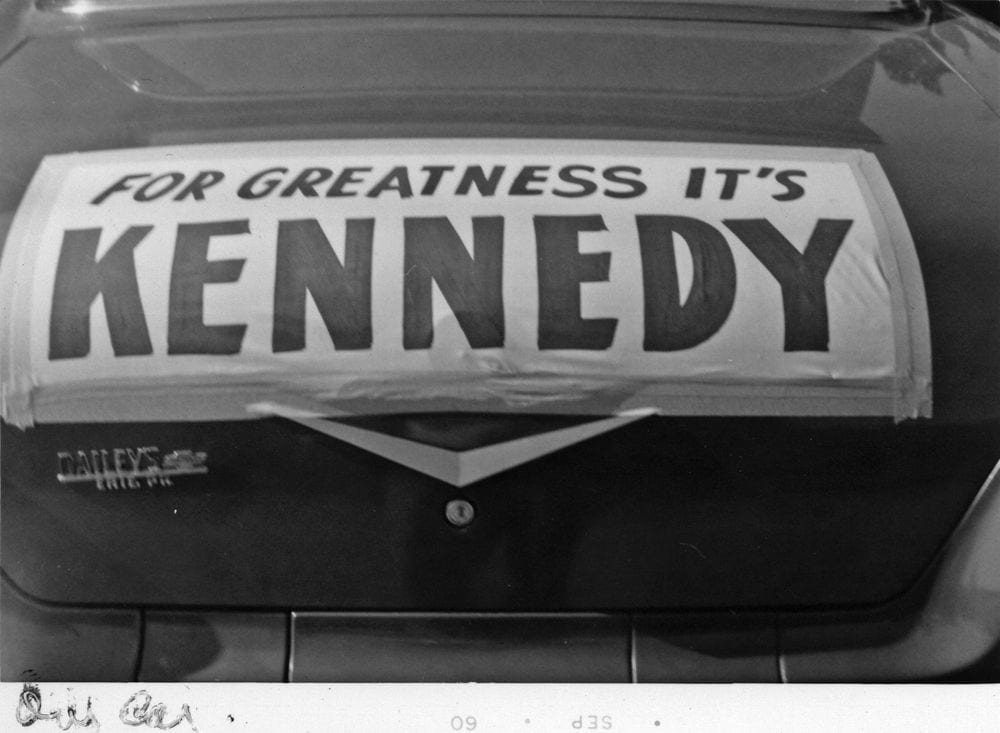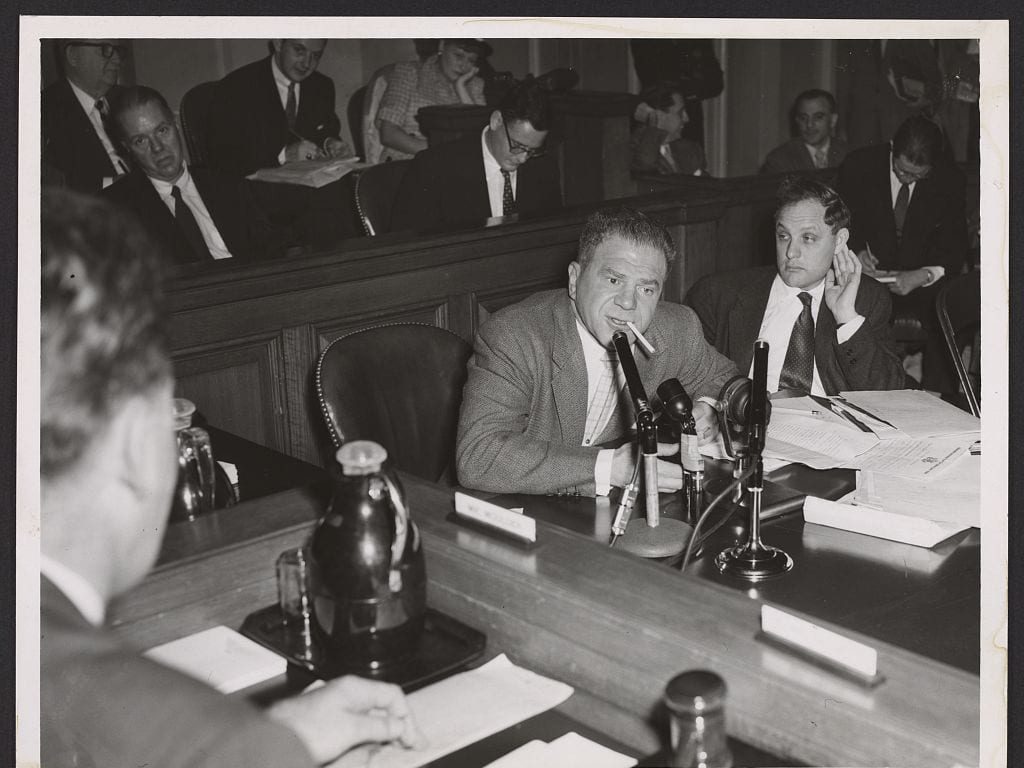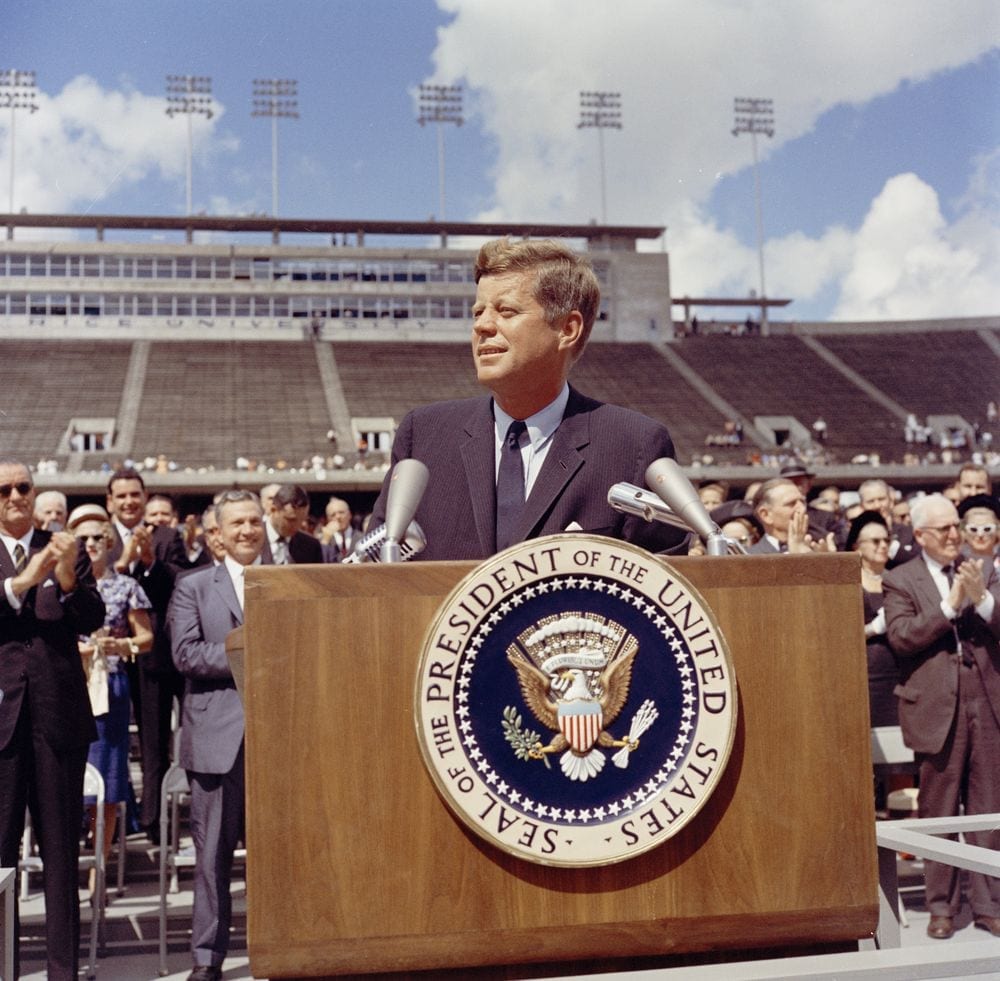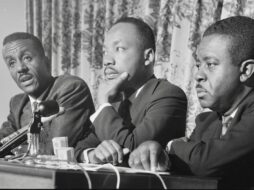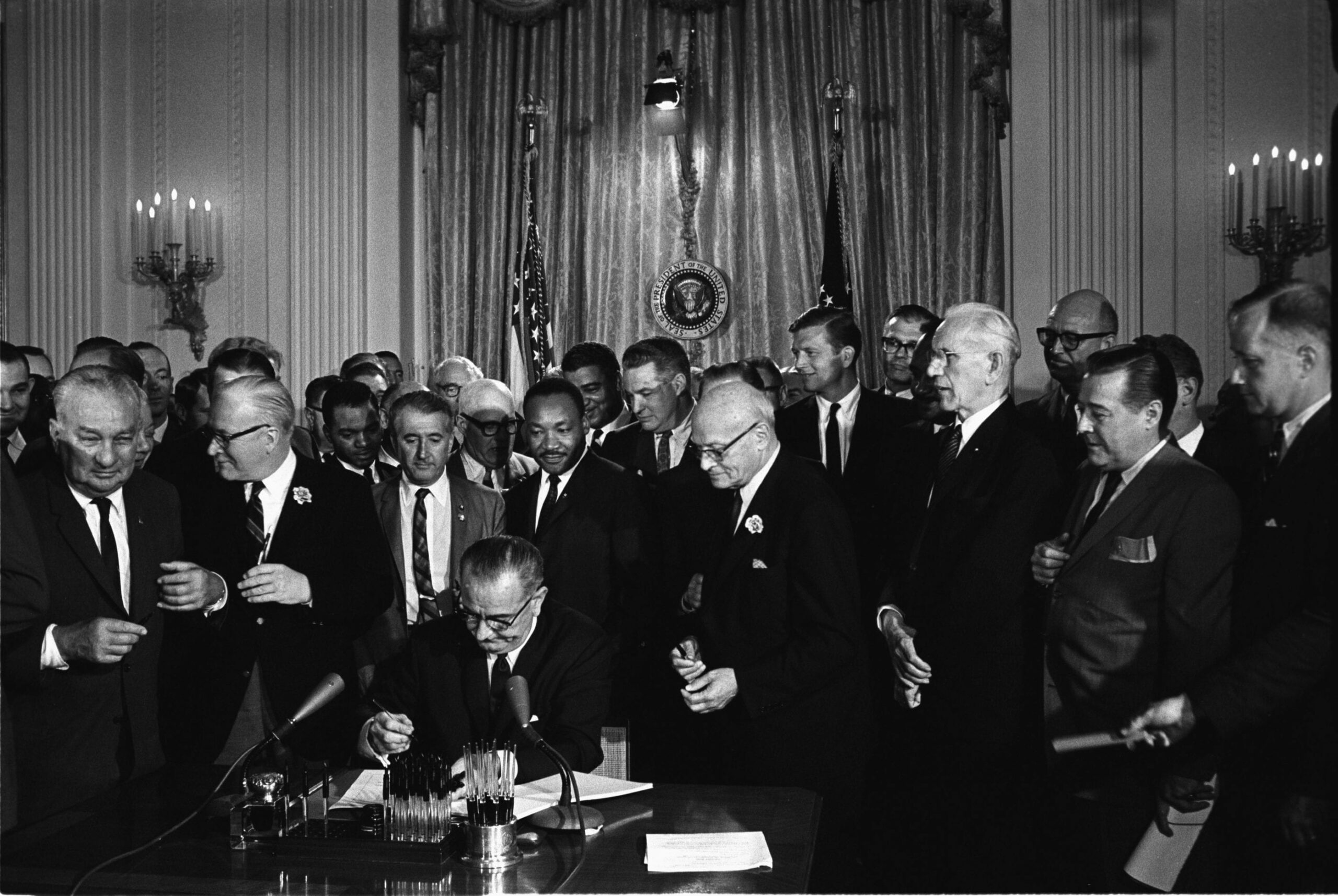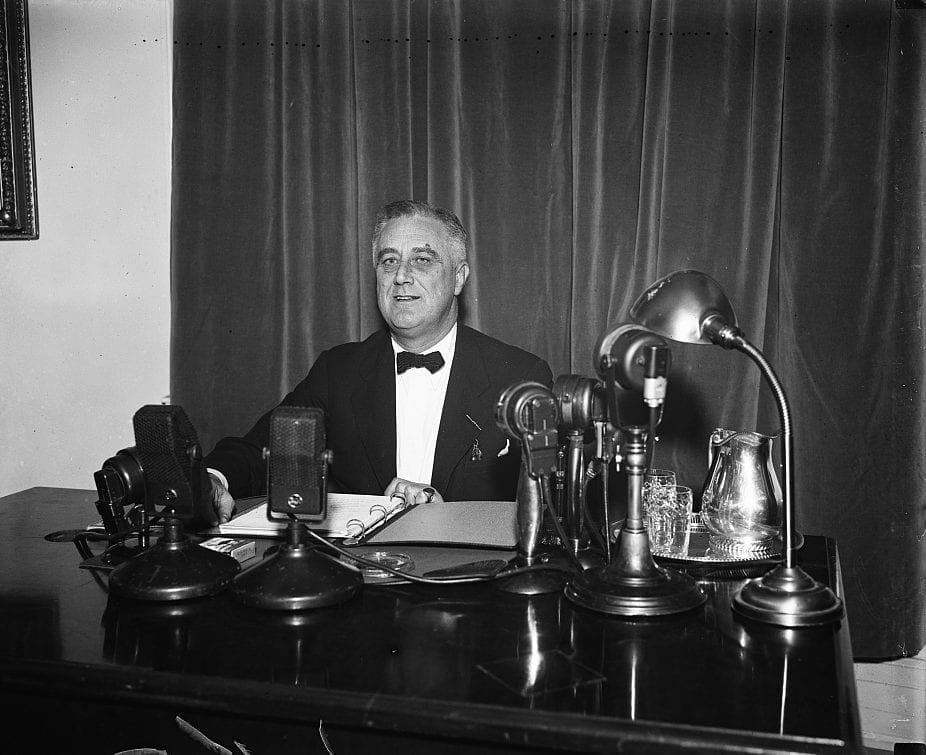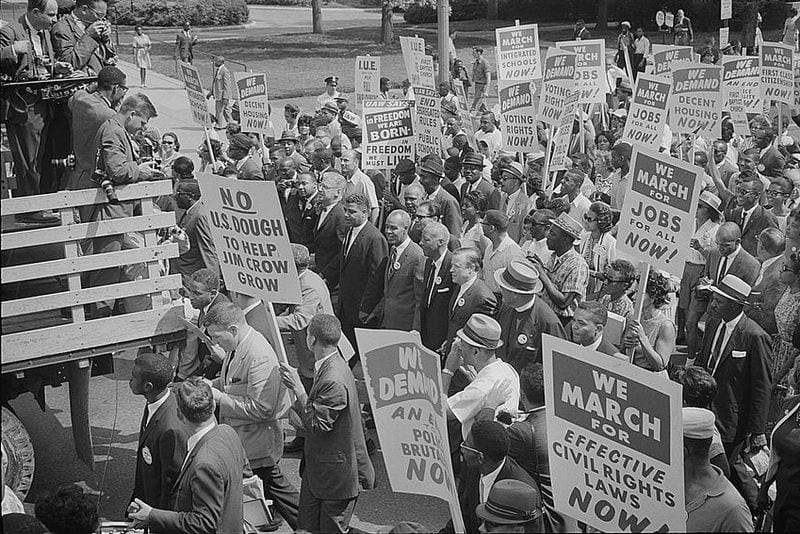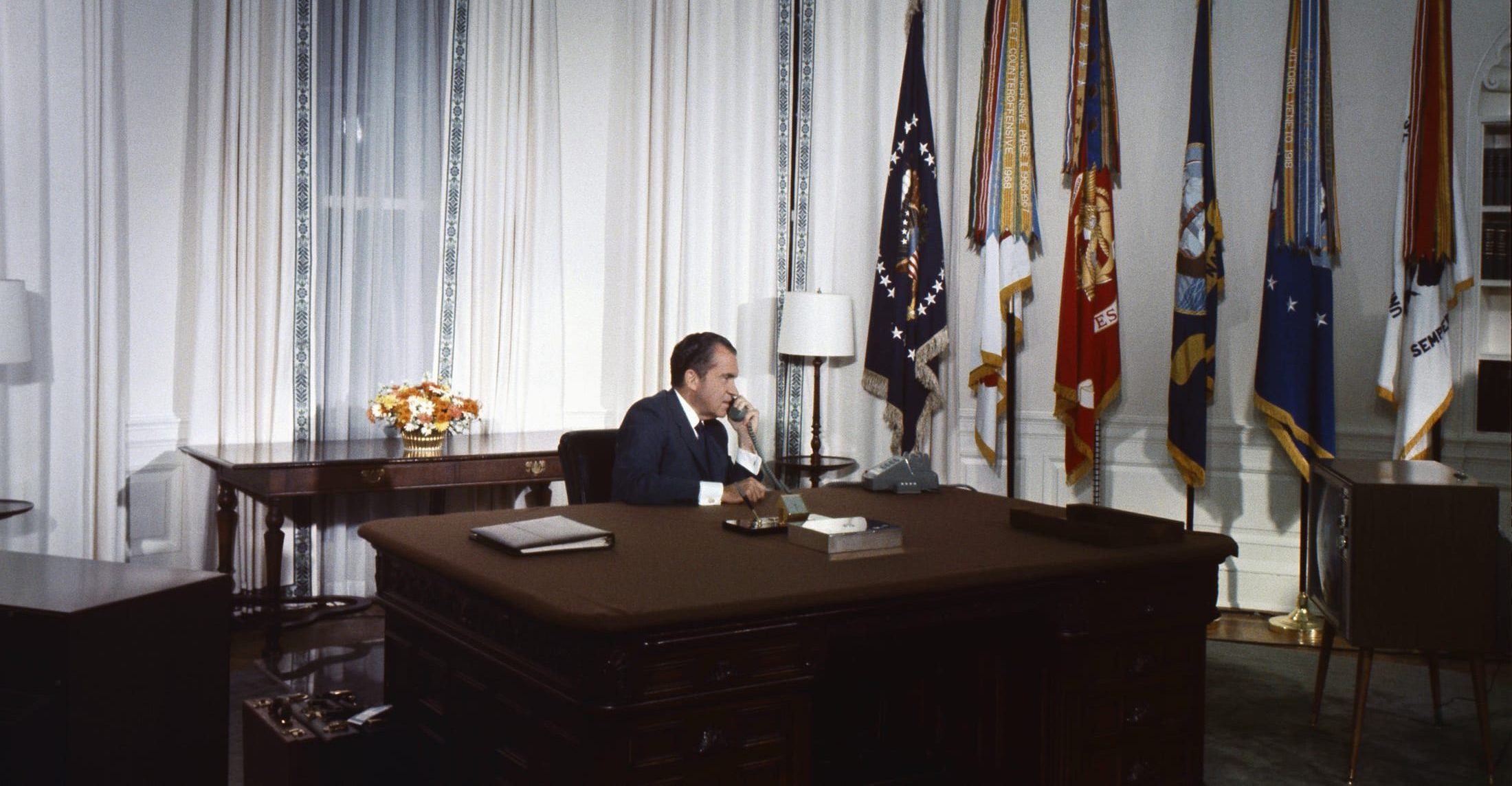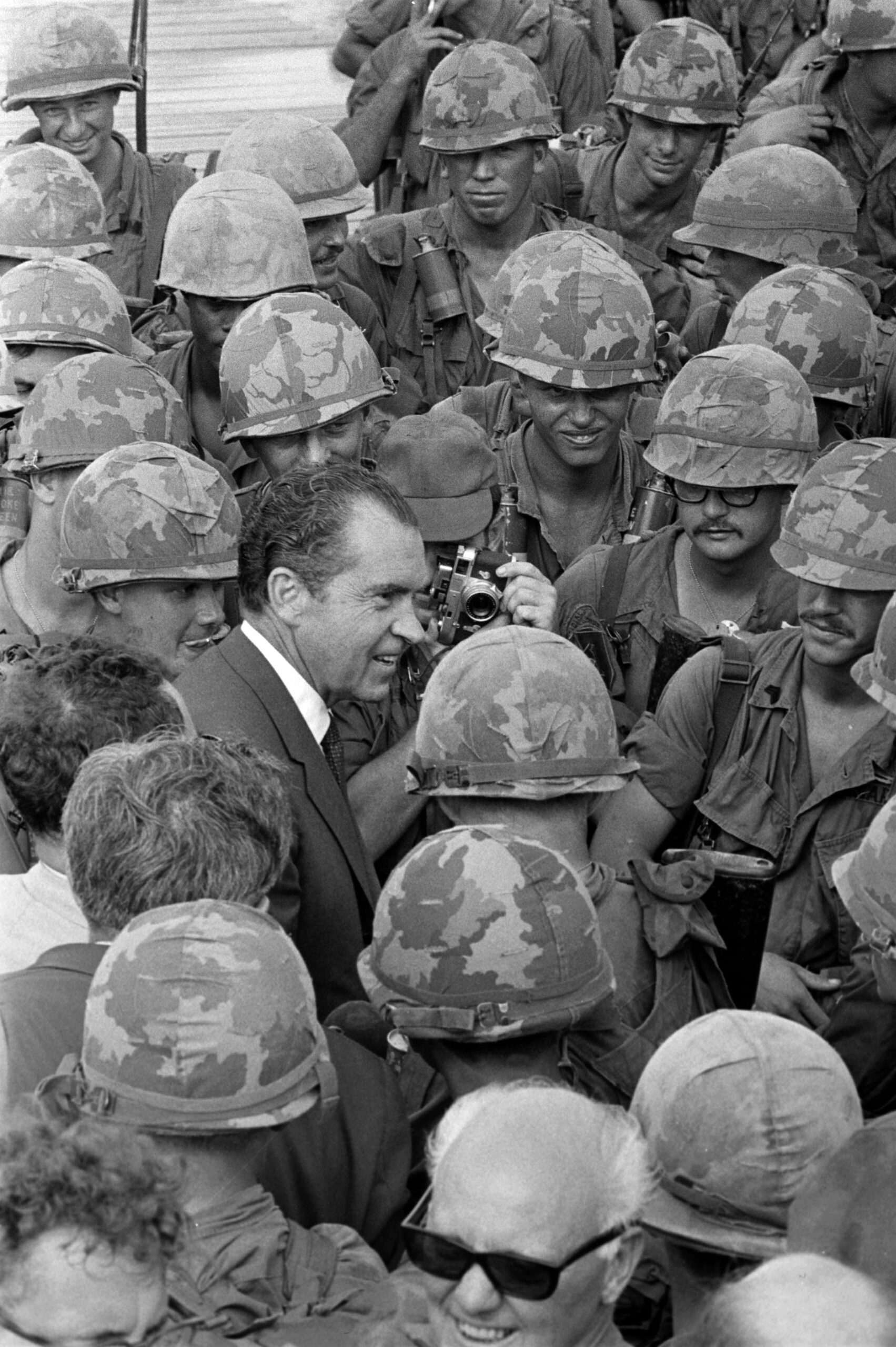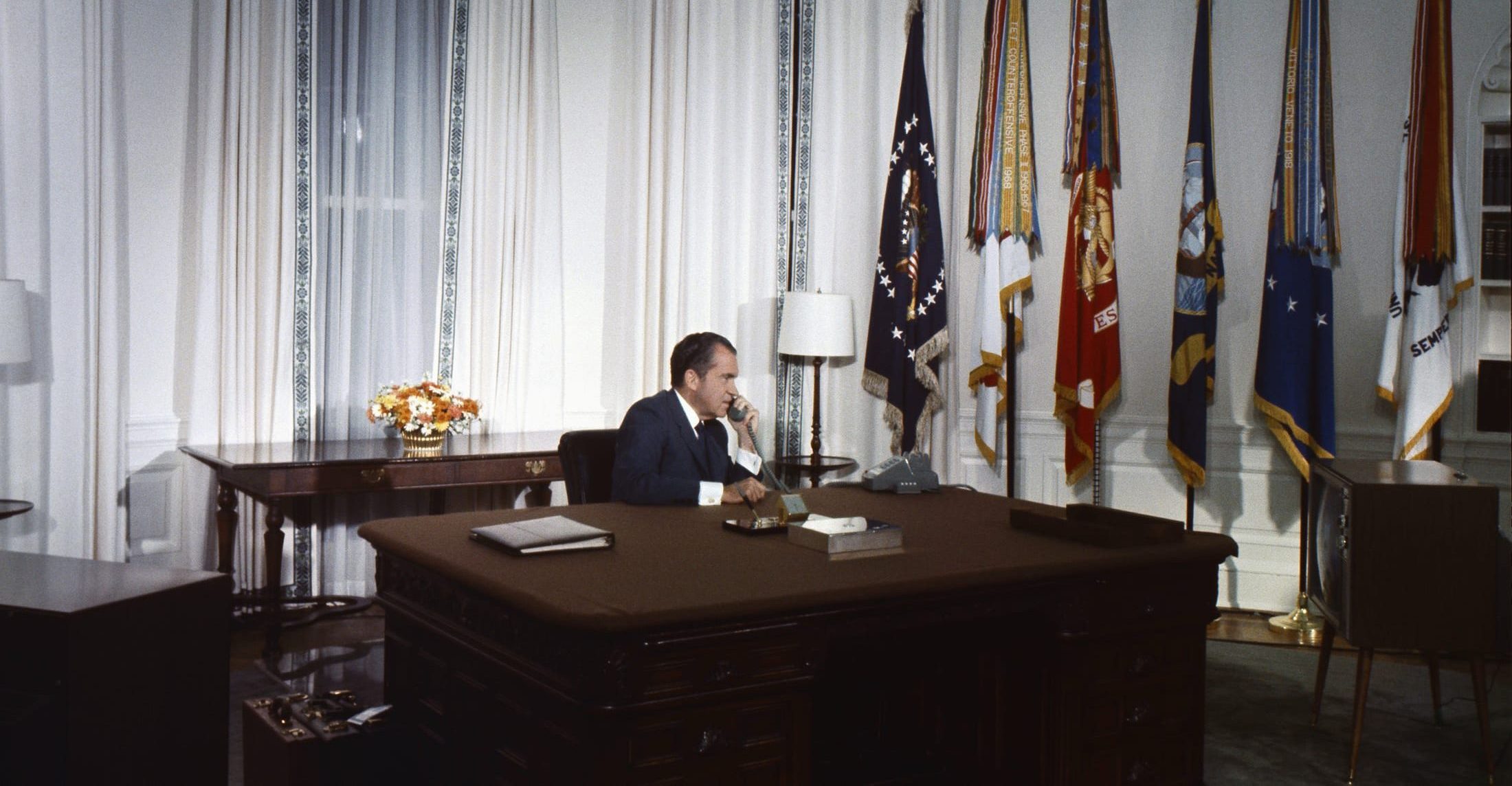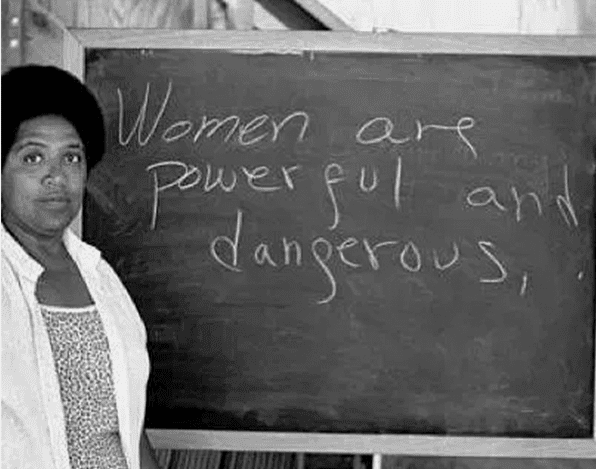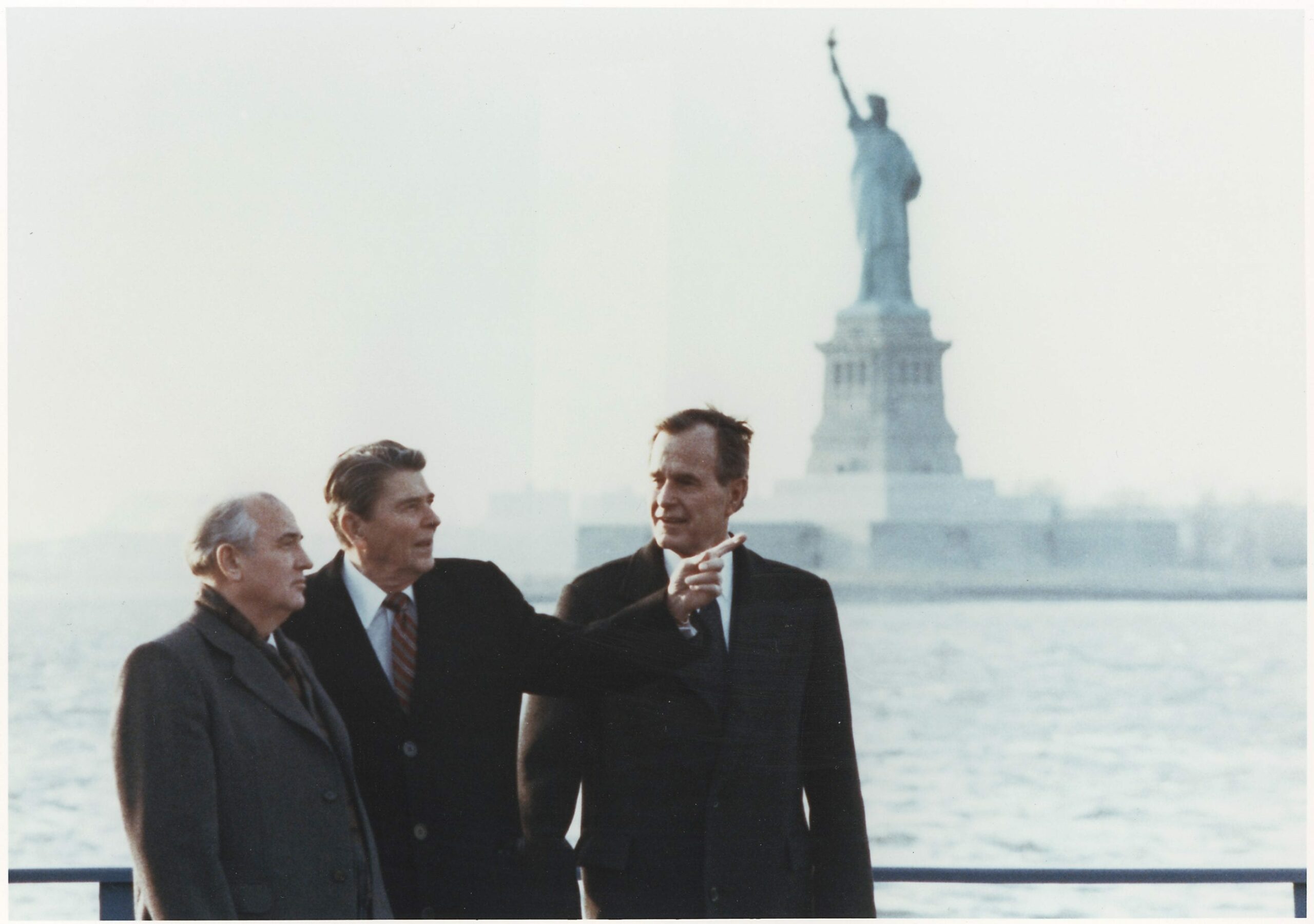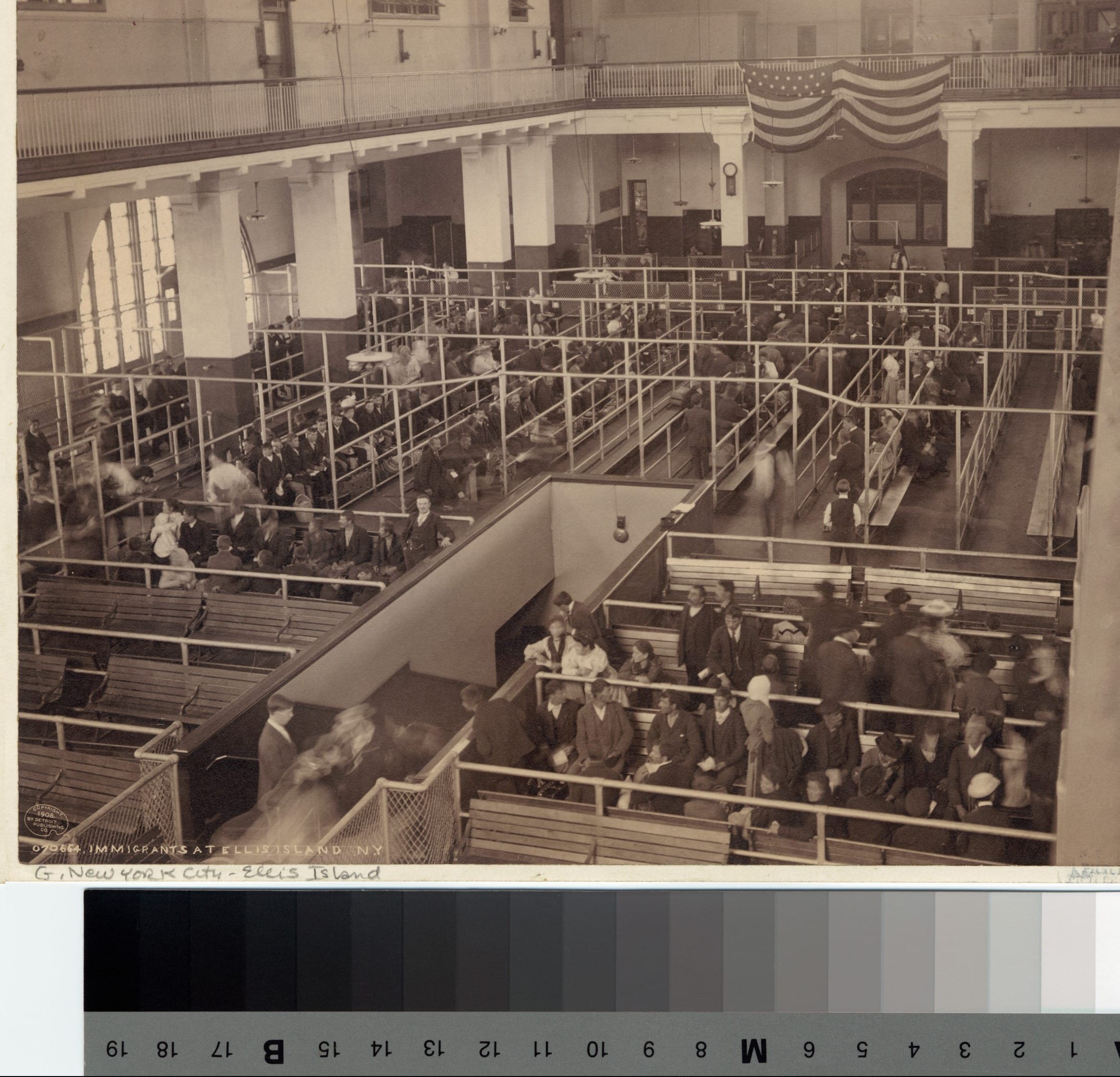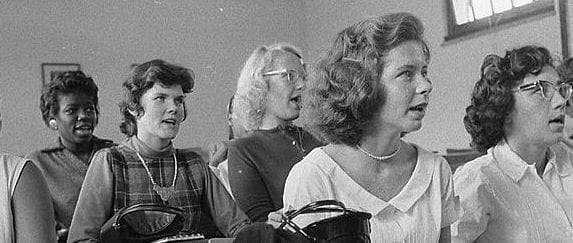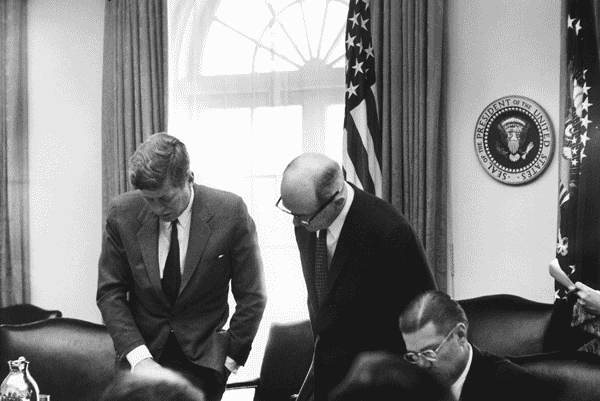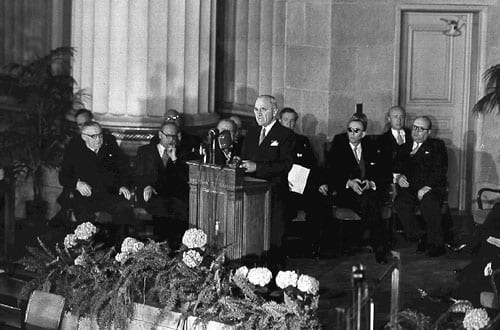
No related resources
Introduction
Title VII of the Civil Rights Act of 1964 prohibits private employers from discriminating against employees or applicants for employment on the basis of race, color, religion, sex, or national origin. Section 703(h) permits employers, for purposes of hiring or promotion, “to give and to act upon the results of any professionally developed ability test provided that such test, its administration, or action upon the results is not designed, intended, or used to discriminate” by any of the aforementioned classifications.
Based on these provisions, a group of black employees brought suit against the Duke Power Company, alleging that the company’s practice of requiring, as a condition of employment or reassignment within the company, a high school diploma or a passing score on an intelligence test constituted unlawful discrimination. At issue in the case was the fundamental question whether discrimination under the law is to be identified in terms of intentions or of differential effects—whether the law prohibits only intentionally discriminatory practices by a given enterprise, or also prohibits practices, irrespective of intent, that yield differential outcomes for groups defined by any of the specified classifications. In the latter conception (later known as “disparate impact”), if a company were to require a high school diploma as a condition of employment, and the requirement operated to disqualify black applicants in larger percentages than whites, the requirement would be presumed to be an instance of unlawful discrimination. In this case, the Court ruled unanimously in favor of the black employees, endorsing an early version of the differential-effects conception of racial discrimination.
Source: 401 U.S. 424; available at https://www.law.cornell.edu/supremecourt/text/401/424.
MR. CHIEF JUSTICE BURGER1 delivered the opinion of the Court.
We granted the writ in this case to resolve the question whether an employer is prohibited by the Civil Rights Act of 1964, Title VII, from requiring a high school education or passing of a standardized general intelligence test as a condition of employment in or transfer to jobs when (a) neither standard is shown to be significantly related to successful job performance, (b) both requirements operate to disqualify Negroes at a substantially higher rate than white applicants, and (c) the jobs in question formerly had been filled only by white employees as part of a long-standing practice of giving preference to whites. . . .
The objective of Congress in the enactment of Title VII is plain from the language of the statute. It was to achieve equality of employment opportunities and remove barriers that have operated in the past to favor an identifiable group of white employees over other employees. Under the Act, practices, procedures, or tests neutral on their face, and even neutral in terms of intent, cannot be maintained if they operate to “freeze” the status quo of prior discriminatory employment practices.
The Court of Appeals’ opinion, and the partial dissent, agreed that, on the record in the present case, “whites register far better on the Company’s alternative requirements” than Negroes. This consequence would appear to be directly traceable to race. Basic intelligence must have the means of articulation to manifest itself fairly in a testing process. Because they are Negroes, petitioners have long received inferior education in segregated schools, and this Court expressly recognized these differences in Gaston County v. United States (1969). There, because of the inferior education received by Negroes in North Carolina, this Court barred the institution of a literacy test for voter registration on the ground that the test would abridge the right to vote indirectly on account of race. Congress did not intend by Title VII, however, to guarantee a job to every person regardless of qualifications. In short, the Act does not command that any person be hired simply because he was formerly the subject of discrimination, or because he is a member of a minority group. Discriminatory preference for any group, minority or majority, is precisely and only what Congress has proscribed. What is required by Congress is the removal of artificial, arbitrary, and unnecessary barriers to employment when the barriers operate invidiously to discriminate on the basis of racial
or other impermissible classification. . . .
. . .The Act proscribes not only overt discrimination, but also practices that are fair in form but discriminatory in operation. The touchstone is business necessity. If an employment practice which operates to exclude Negroes cannot be shown to be related to job performance, the practice is prohibited.
On the record before us, neither the high school completion requirement nor the general intelligence test is shown to bear a demonstrable relationship to successful performance of the jobs for which it was used. Both were adopted, as the Court of Appeals noted, without meaningful study of their relationship to job performance ability. Rather, a vice president of the Company testified, the requirements were instituted on the Company’s judgment that they generally would improve the overall quality of the workforce.
The evidence, however, shows that employees who have not completed high school or taken the tests have continued to perform satisfactorily, and make progress in departments for which the high school and test criteria are now used. The promotion record of present employees who would not be able to meet the new criteria thus suggests the possibility that the requirements may not be needed even for the limited purpose of preserving the avowed policy of advancement within the Company. In the context of this case, it is unnecessary to reach the question whether testing requirements that take into account capability for the next succeeding position or related future promotion might be utilized upon a showing that such long-range requirements fulfill a genuine business need. In the present case, the Company has made no such showing.
The Court of Appeals held that the Company had adopted the diploma and test requirements without any “intention to discriminate against Negro employees.” We do not suggest that either the District Court or the Court of Appeals erred in examining the employer’s intent; but good intent or absence of discriminatory intent does not redeem employment procedures or testing mechanisms that operate as “built-in headwinds” for minority groups and are unrelated to measuring job capability.
The Company’s lack of discriminatory intent is suggested by special efforts to help the undereducated employees through Company financing of two-thirds the cost of tuition for high school training. But Congress directed the thrust of the Act to the consequences of employment practices, not simply the motivation. More than that, Congress has placed on the employer the burden of showing that any given requirement must have a manifest relationship to the employment in question. . . .
The Equal Employment Opportunity Commission, having enforcement responsibility, has issued guidelines interpreting § 703(h) to permit only the use of job-related tests. The administrative interpretation of the Act by the enforcing agency is entitled to great deference. Since the Act and its legislative history support the Commission’s construction, this affords good reason to treat the guidelines as expressing the will of Congress. . . .
Nothing in the Act precludes the use of testing or measuring procedures; obviously they are useful. What Congress has forbidden is giving these devices and mechanisms controlling force unless they are demonstrably a reasonable measure of job performance. Congress has not commanded that the less qualified be preferred over the better qualified simply because of minority origins. Far from disparaging job qualifications as such, Congress has made such qualifications the controlling factor, so that race, religion, nationality, and sex become irrelevant. What Congress has commanded is that any tests used must measure the person for the job, and not the person in the abstract.
The judgment of the Court of Appeals is, as to that portion of the judgment appealed from, reversed.
- 1. Chief Justice Warren Burger (1907–1995)
Cohen v. California
June 07, 1971
Conversation-based seminars for collegial PD, one-day and multi-day seminars, graduate credit seminars (MA degree), online and in-person.








